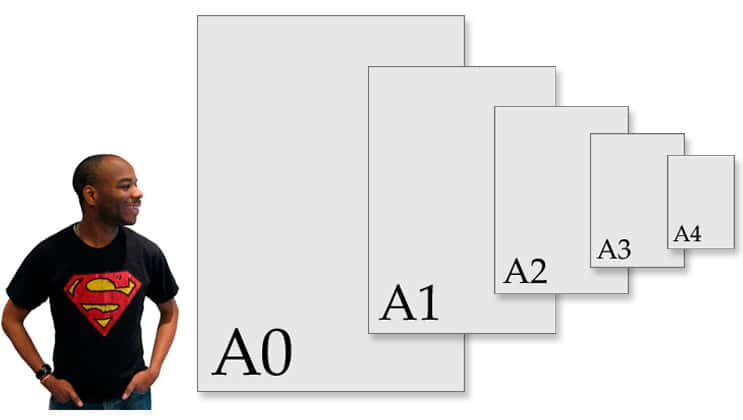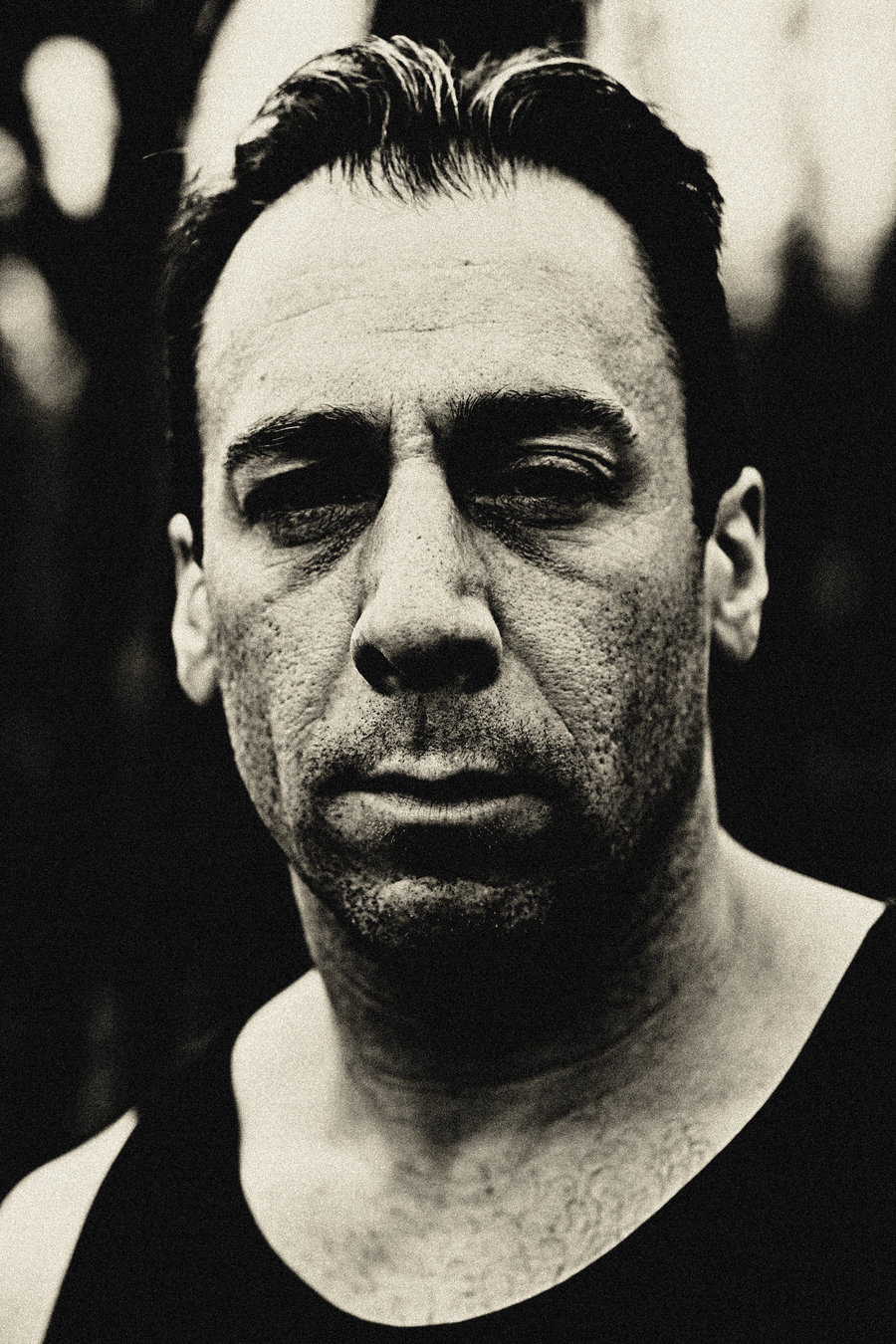Artists that inspired my idea for the end of year show.
Giacomo Brunelli:
Commissioned by The Photographers Gallery, Giacomo Brunelli’s new body of work has been a two-year project to capture the heart of the capital where he makes his home. In Eternal London Brunelli uses his distinct film-noir style to create a unique and evocative view of the city. The images are framed around the silhouettes of people and animals. Though many London landmarks feature including Tower Bridge, Trafalgar Square, St. Paul’s Cathedral and the statue of Winston Churchill depicted alongside Big Ben, they are presented in a surprising and very particular way.
Brunelli photographs during daily early morning walks, randomly choosing a person to follow before focusing his camera on them. Working discreetly, he often uses a removable viewfinder, to be able to photograph his subjects from waist height and other unusual angles, such as directly from behind or using extreme close-up. He protects their anonymity by obscuring their faces whilst exploiting light, shadow and contrast to imbue his images with a dramatic atmosphere and a deep sense of mystery.
Giacomo Brunelli’s first major project, The Animals, has received great critical acclaim and was published as a book by Dewi Lewis Publishing. Brunelli has exhibited widely and has received several awards including the Sony World Photography Award, the Gran Prix Lodz, Poland, and the Magenta Foundation’s ‘Flash Forward 2009’. His work is held in many private and public collections including the Museum of Fine Arts Houston, The New Art Gallery Walsall, UK Kiyosato Museum of Photographic Arts and Portland Art Museum, USA.
http://www.cranekalmanbrighton.com/photographers-biogs/giacomo-brunelli-biography/ 29.04.16
http://www.giacomobrunelli.com/works.php 29.04.16
Brunelli's images have harsh contrast which I want in my own final images, He chooses black & white which gives the images an added air of mystery only seeing the shadows of the environment, animals or people. He focuses on parts of the image and does this by using light to his advantage.
Sally Man:
Sally Mann (born in Lexington, Virginia, 1951) is one of America’s most renowned photographers. She has received numerous awards, including NEA, NEH, and Guggenheim Foundation grants, and her work is held by major institutions internationally. Her many books include At Twelve (1988), Immediate Family (1992), Still Time (1994), What Remains (2003), Deep South (2005), Proud Flesh (2009), and The Flesh and the Spirit (2010). In 2001 Mann was named “America’s Best Photographer” by Time magazine. A 1994 documentary about her work, Blood Ties, was nominated for an Academy Award and the 2006 feature film What Remains was nominated for an Emmy Award in 2008. Her bestselling memoir, Hold Still (Little, Brown, 2015), received universal critical acclaim, and was named a finalist for the National Book Award. In 2016 Hold Still won the Andrew Carnegie Medal for Excellence in Nonfiction. Mann is represented by Gagosian Gallery, New York. She lives in Virginia.
“Few photographers of any time or place have matched Sally Mann’s steadiness of simple eyesight, her serene technical brilliance, and the clearly communicated eloquence she derives from her subjects, human and otherwise – subjects observed with an ardor that is all but indistinguishable from love.”
— Reynolds Price, TIME
http://sallymann.com/about 29.04.16
http://sallymann.com/selected-works/family-pictures 29.04.16
I like Sally Mann's work for her style and tones she chooses for her images. Her images are quite different from Brunelli the tonal range is softer than Brunelli's but still selecting to use black and white you are captivated by the image . She photographed her children while at the time it was seen as controversial & explicit for the type of images she was producing, Sally Mann didn't see it that way, she was simply documenting her children and family growing up. As a child she ran around naked and had an open self confidence within her family and this is what she wanted for her own children. They lived in rural part away from city life so this enabled her to provide this way of life to her children, for them to be their selves not to hide away to embrace their youth and body with no care. She portrays her family's identity in these images something I will conveying in my final images hidden identity and the concept behind.
Lawrence Sumulong:
Lawrence Sumulong (b. 1987) is a Filipino American photographer based in New York City and Manila, the Philippines. In 2015, The Lucie Foundation selected him as an “emerging talent with vision and dynamic ideas that challenge and progress the art form of still photography into work that compels”.
Among others, his work has been featured by Burn Magazine, Chobi Mela VI, The GroundTruth Project, Huck Magazine, the Jorge B. Vargas Museum, Le Monde's M le magazine du Monde, the Milk Gallery, The New Yorker: Photo Booth, NPR, Photovisa VII: International Festival of Photography, and Verve: The New Breed of Documentary Photographers.
His postcard series for the publication, Abe's Penny, is in the permanent collection of New York's Museum of Modern Art Library and the Brooklyn Museum Library.
He has forthcoming work as a featured exhibitor at the 2016 Head On Photo Festival in Sydney, Australia. He is a 2016 grantee of The Pollination Project, which funds "individual change makers...emphasizing projects that expand compassion and generosity in the world".
He is the photo editor at Jazz at Lincoln Center and their Sony imprint label, Blue Engine Records.
http://worldphoto.org/profile/337531/ 29.04.2016

I like how Lawrence Sumulong has created these portraits, as if applying a mask or filter to the image. There not the traditional portraits he has made them different and unique like us as human beings are, again these could go back to being about identity obscuring ones true identity. I like this approach to portraits though something I might try out in my own practice something different to offer potential clients.
Anton Corbijn
Corbijn began his career as a music photographer when he saw the Dutch musician Herman Brood playing in a café in Groningen around 1975. He took a lot of photographs of the band Herman Brood & His Wild Romance and these led to a rise in fame for Brood and in exposure for Corbijn.[17]
From the late 1970s the London-based New Musical Express (NME), a weekly music paper, featured his work on a regular basis and would often have a photograph by him on the front page. One such occasion was a portrait of David Bowie wearing a loincloth backstage in New York when starring in The Elephant Man.. In the early years of London-based The Face, a glossy monthly post-punk life style / music magazine, Corbijn was a regular contributor. He made his name photographing in black-and-white but in May 1989 he began taking pictures in colour using filters. His first venture in this medium was for Siouxsie Sioux.[18] Between 1998-2000, in collaboration with the painter Marlene Dumas, he worked on a project called "Stripping Girls", which took the strip clubs and peep shows of Amsterdam as their subject;[19] while Corbijn later exhibited photographs, Dumas took Polaroids which she then used as sources for her paintings.
Corbijn has photographed Bob Dylan, Joy Division, Depeche Mode, Tom Waits, Bruce Springsteen, Prāta Vētra, Peter Hammill, Miles Davis, Björk, Captain Beefheart, Kim Wilde, Marc Almond, Robert De Niro, Stephen Hawking, Elvis Costello, Siouxsie and the Banshees, Morrissey, Peter Murphy, Simple Minds, Clint Eastwood, The Cramps, Roxette, Herbert Grönemeyer, Annie Lennox, and Eurythmics, amongst others. Perhaps his most famous, and longest standing, association is with U2, having taken pictures of the band on their first US tour, as well as taking pictures for their Joshua Tree andAchtung Baby albums (et al.) and directing a number of accompanying videos.
Other album covers featuring work by Corbijn include those for Springsteen, Nick Cave, Siouxsie's second band The Creatures, Bryan Adams, Metallica, Therapy?, The Rolling Stones, Bon Jovi, The Killers, Simple Minds, R.E.M., The Bee Gees, Saybia and Moke.
https://en.wikipedia.org/wiki/Anton_Corbijn 17.05.2016
I chose Anton Corbijn as I want my own images to be in black and white. I'm drawn to his tonal ranges in his images they are slightly high contrast, but still have varied tones throughout. Some of his portraits are close up portraits, personal showing lots of detail. This carries forward my idea for my own images some high contrast black and white images with close up shots of the face and body parts.
Chuck Close
itecube.com/blogs.artinfo.com 17.05.2016
I am really inspired by Chuck Close on the size he displays his work. It is defiantly something I am looking into to display my own work for the final end of year show on a large scale. Going to galleries in London and seeing work in large sizes is something that caught my eye a lot its just the beauty of the image magnified on such a large scale you cant help but be in oar of the images. I don't think I will get my images as big as Chuck's but somewhere along the lines of A0-A2 maybe the one for my own work.






















































